Home>Ideas and Tips>How To Design A Rock Garden
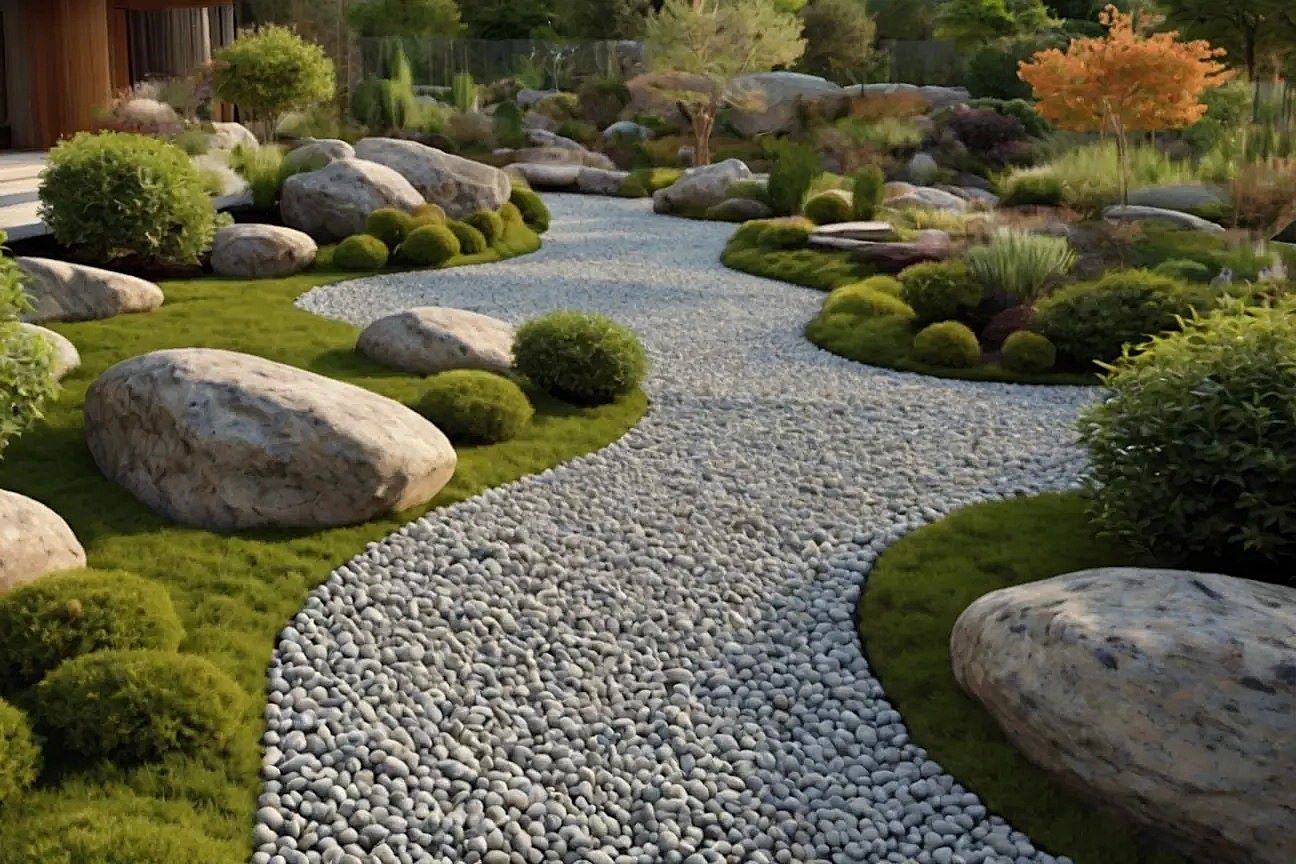

Ideas and Tips
How To Design A Rock Garden
Published: September 5, 2024
Learn how to design a stunning rock garden with our step-by-step guide. Discover tips on location, style, plant selection, and maintenance.
(Many of the links in this article redirect to a specific reviewed product. Your purchase of these products through affiliate links helps to generate commission for Storables.com, at no extra cost. Learn more)
Creating a rock garden is an excellent way to add a unique and low-maintenance element to your outdoor space. Rock gardens are perfect for areas that are challenging to plant, such as slopes or spots with poor drainage. They can also be used to create a serene and natural aesthetic that complements any home or yard. In this article, we will guide you through the process of designing a rock garden, from choosing the right location to selecting the perfect plants and arranging the rocks.
Choosing the Right Location
Before you start planning your rock garden, it is crucial to choose the right location. The area you select will influence all aspects of your planning, including soil amendments and the types of plants you use. Here are some factors to consider when selecting a location for your rock garden:
-
Size: The size of your rock garden will depend on the space available and your personal preference. For those in urban areas, smaller gardens are typically better to avoid overwhelming the space. However, if you have a sprawling garden, the size can be more flexible, but it will also impact the cost of installation.
-
Slope: Rock gardens are particularly effective on slopes. This comes with the benefit of managing soil erosion and filling what would otherwise be a tough gap in the garden. However, you can fit a rock garden anywhere, including flat areas, as long as you plan it carefully.
-
Drainage: Ensure that the area you choose has good drainage. Rock gardens should not be placed in areas where water tends to collect, as this can lead to soggy soil and rotting plants. If puddles don't drain relatively quickly, you may need to add sand and organic matter to improve drainage.
Read more: How To Design A Low-Maintenance Rock Garden
Deciding on a Style
Designing a rock garden may seem straightforward, but it requires careful consideration to achieve a sophisticated and put-together look. There are several styles you can choose from, each with its own unique aesthetic:
-
Desert-Like Rock Gardens: These gardens use drought-tolerant plants and warm tones to create a desert-like environment. Succulents like hens and chicks are perfect for warm, dry climates.
-
Mediterranean Rock Gardens: This style combines textural plants like lavender and ornamental grasses to soften the textures of larger rocks. It creates a beautiful, natural look that is both elegant and inviting.
-
Zen Gardens: Zen gardens often make use of stone to create a serene and peaceful environment. They emphasize simplicity and natural elements, making them ideal for those seeking a minimalist design.
-
Alpine Gardens: Alpine gardens offer a more traditional route with a variety of plants to choose from. They are perfect for those who want to create a natural, mountainous look in their garden.
When choosing a style, keep the rest of your garden and the façade of your home in mind. While you want your garden to stand out, it should be for the right reasons—not because it looks out of place. Avoid combining clashing styles if you want a cohesive design.
Considering Elements of Design
Even if you're not a professional landscaper, it's essential to consider design elements when putting together a plan. Having a clear idea of the look you want in advance will save you time and money down the line, avoiding any impulsive purchases that don't quite fit once you get them in.
Color
Color is one of the more obvious elements to decide on. Contrasting colors are useful for highlighting certain areas, while similar shades create a cohesive and harmonious feel. However, avoid using rocks with highly contrasting colors as they can look unnatural. Instead, play around with foliage and flowers to create a balanced color scheme.
Texture
Texture is vital to consider in all gardens, especially rock gardens. Rocks add a structural and rough look to gardens. This can be highlighted by using plants with sharp foliage or thorns or softened with cascading foliage and flowing grasses. For example, pairing rough-textured rocks with delicate succulents can create a beautiful contrast.
Shape and Form
Beyond color and texture, there are also things like shape and form to consider before you start. If you can't quite decide, look through images online and identify the elements you gravitate towards. For instance, if you like the look of rounded boulders, choose rocks that fit that shape. Similarly, if you prefer linear arrangements, use plants that grow in straight lines.
Building Levels
Building levels in your rock garden can have a massive impact on the overall look. Rock gardens are at their best when height is involved, taking advantage of the natural beauty of layered rocks and plants. Here are some tips for creating levels:
-
Use Boulders: Place larger boulders or rocks towards the bottom of the garden if it's on a slope. This helps manage soil erosion and creates a natural gradient.
-
Layer Smaller Rocks: Arrange smaller rocks around larger ones so they appear natural. This layering effect adds depth and dimension to your garden.
-
Add Plants: Incorporate plants that grow at different heights to create layers within your garden. Alpine plants like succulents or small bulbs are perfect for this purpose.
Sourcing Rocks
Once you've decided on the location and style of your rock garden, it's time to source the rocks. Here are some tips for finding beautiful rocks:
-
Local Nurseries: Purchase rocks from a local home improvement store or nursery. They often have a variety of stones suitable for gardening.
-
Construction Sites: Visit construction sites in search of excavated rocks. Builders may be happy to let you haul away some rocks for free, but always ask first!
-
Rockhounding: Go rockhounding by searching areas like national forests or parks for rocks. Check your state laws before doing this to ensure you're searching in places where it's okay to remove them and not taking more than allowed.
-
Online Resources: Websites like Craigslist and Freecycle can also be useful resources for finding free rocks.
Arranging Rocks
Once you have collected your rocks, it's time to arrange them in your garden. Here are some tips for creating a natural appearance:
-
Face Rocks Naturally: Bury the rocks with their broadest side in the soil so they look as if they were created by nature. Avoid consistent arrangements like placing them in a straight line or creating patterns with them.
-
Mix Sizes: Use rocks of different sizes to add dimension to your garden. Larger boulders can serve as anchors while smaller stones fill in gaps.
-
Create Layers: Arrange smaller rocks around larger ones so they appear natural. This layering effect adds depth and dimension to your garden.
Selecting Plants
After arranging your rocks, it's time to add plants to your rock garden. Drought-tolerant, native plants are generally best for an authentic rock garden design. Here are some suitable plants for different climates:
For Warm, Dry Climates:
- Succulents: Succulents like hens and chicks are perfect for warm, dry climates.
- Small Ornamental Grasses: These add texture and movement to the garden.
- Rockcress: This plant thrives in dry conditions and comes in a variety of colors.
For Mediterranean Climates:
- Lavender: Lavender is a classic choice for Mediterranean rock gardens, adding a soft, fragrant touch.
- Ornamental Grasses: These grasses come in various textures and colors, softening the look of larger rocks.
- Ajuga: This plant has attractive foliage and produces blue or purple flowers in spring.
For Shady Areas:
- Heuchera: Heuchera has beautiful, maple-like leaves in shades of red, purple, and silver.
- Candytuft: This plant produces white or pink flowers in spring and has a delicate appearance.
- Dwarf Iris: These irises come in a variety of colors and add a pop of color to shady areas.
Read more: 40 Beautiful Rock Garden Ideas In 2022
For Alpine Gardens:
- Alpine Plants: These plants are specifically designed for alpine environments and come in a variety of shapes and sizes.
- Blue Eyes Grass or Brodiaea: These bulbs produce blue flowers in spring and add a delicate touch to the garden.
Planting Tips
When planting in your rock garden, keep the following tips in mind:
-
Soil Drainage: Ensure that the soil is well-drained before planting. Most rock garden plants tolerate poor soil but never soggy, wet soil.
-
Climate Consideration: Take your climate into consideration before purchasing plants. Most rock gardens are located in sun, but if you have a shady rock garden, look for plants suitable for that environment.
-
Plant Size: Choose low-growing or mid-size plants to avoid obscuring the natural beauty of the rocks. Larger plants can be divided and replanted in different areas as needed.
-
Maintenance: Regularly weed your rock garden and remove debris to keep it neat and tidy. This also ensures that plants can take root where applicable. Water the garden regularly and apply fertilizer at least a few times each season to keep it in tip-top condition.
Maintenance Tips
While rock gardens are generally low maintenance, they do require some care and attention, especially when stones are paired with plants. Here are some maintenance tips:
-
Weed Regularly: Weed your rock garden by hand rather than using weed killers. This ensures that you don't damage the soil or plants.
-
Water Properly: Water the garden regularly but avoid overwatering, which can lead to soggy soil and rotting plants.
-
Fertilize Seasonally: Apply fertilizer at least a few times each season to keep the plants healthy and thriving.
-
Divide Overgrown Plants: Remember that rocks go well with smaller plants. If flowers or shrubs planted alongside your rocks begin to grow too large, divide them and replant in different areas as appropriate to keep nearby plants to a reasonable size.
Conclusion
Designing a rock garden is an exciting project that can add a unique and low-maintenance element to your outdoor space. By choosing the right location, deciding on a style, considering design elements, sourcing rocks, arranging them naturally, selecting suitable plants, and maintaining the garden properly, you can create a beautiful and serene environment that complements any home or yard. Whether you're looking to create a desert-like oasis or a traditional alpine garden, following these tips will help you achieve your vision and enjoy the beauty of your rock garden year-round.
Was this page helpful?
At Storables.com, we guarantee accurate and reliable information. Our content, validated by Expert Board Contributors, is crafted following stringent Editorial Policies. We're committed to providing you with well-researched, expert-backed insights for all your informational needs.
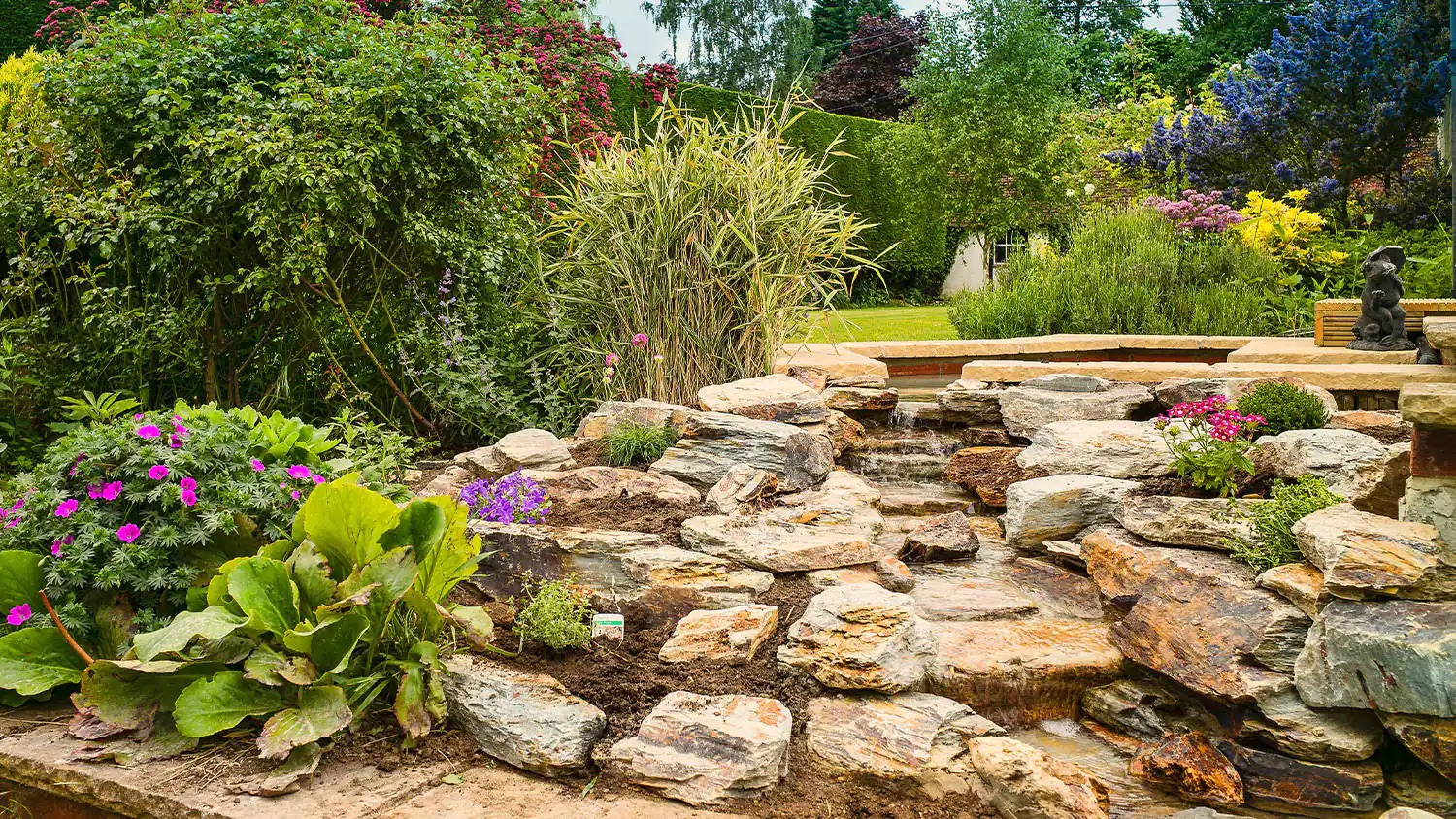
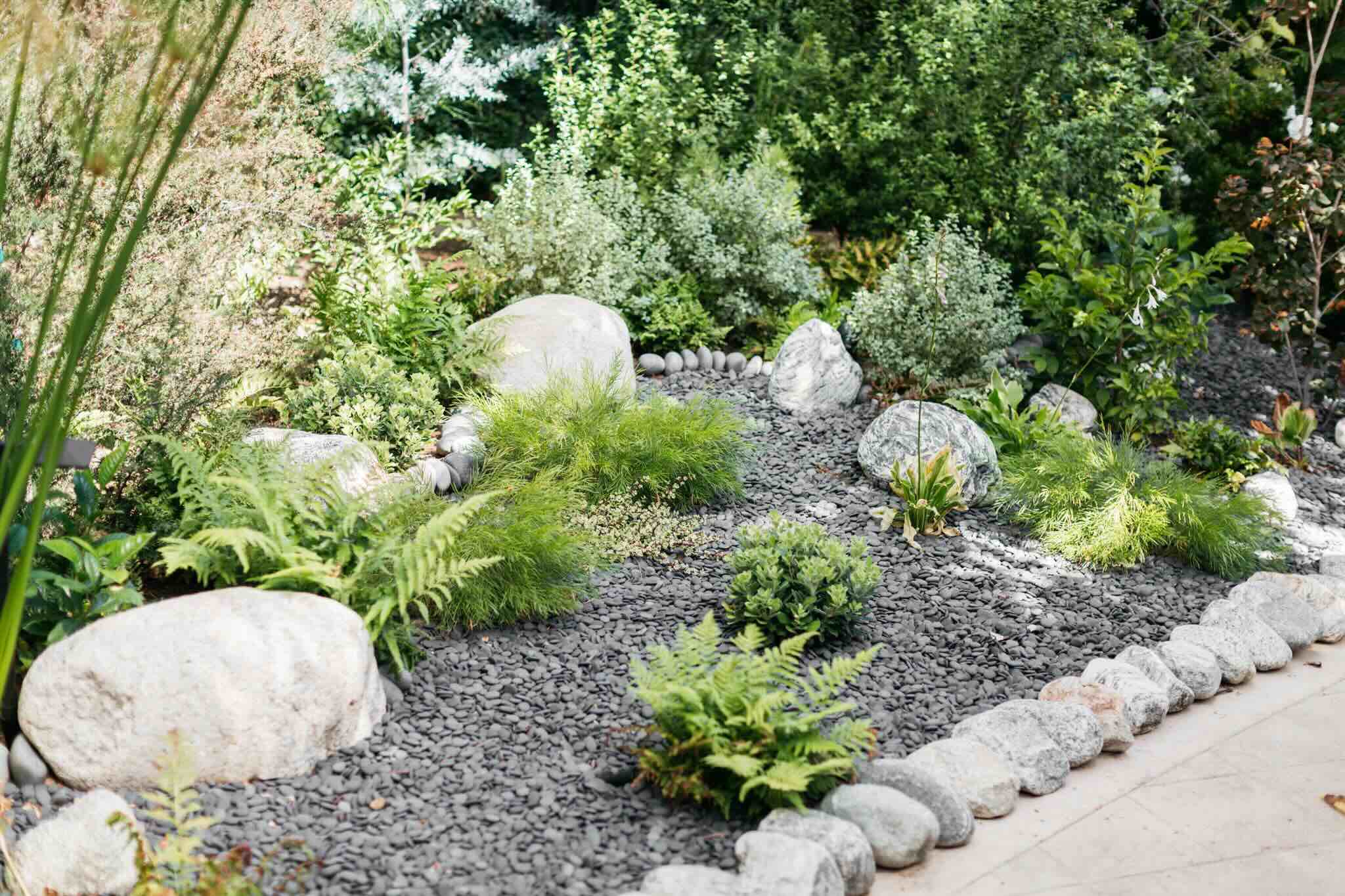
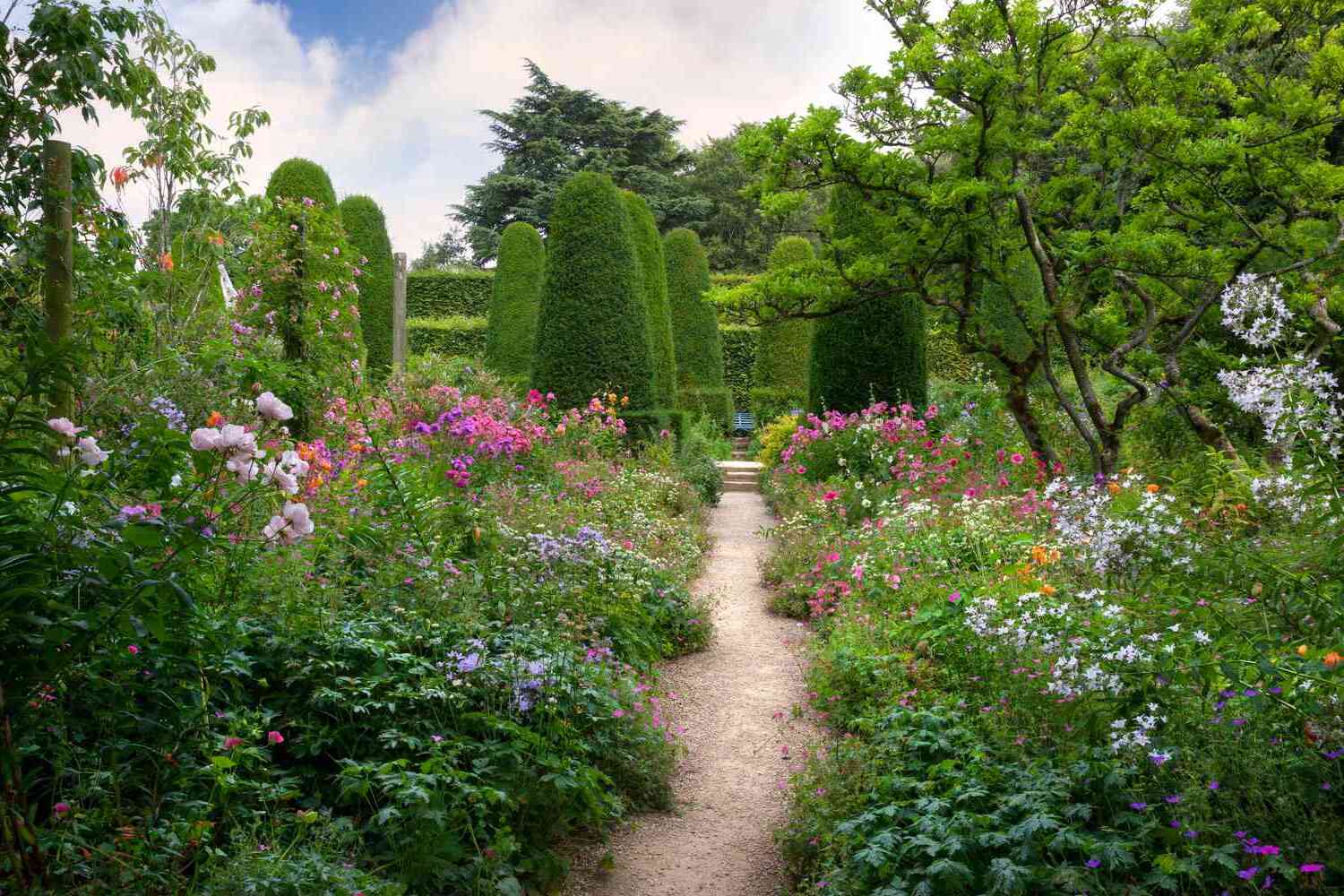
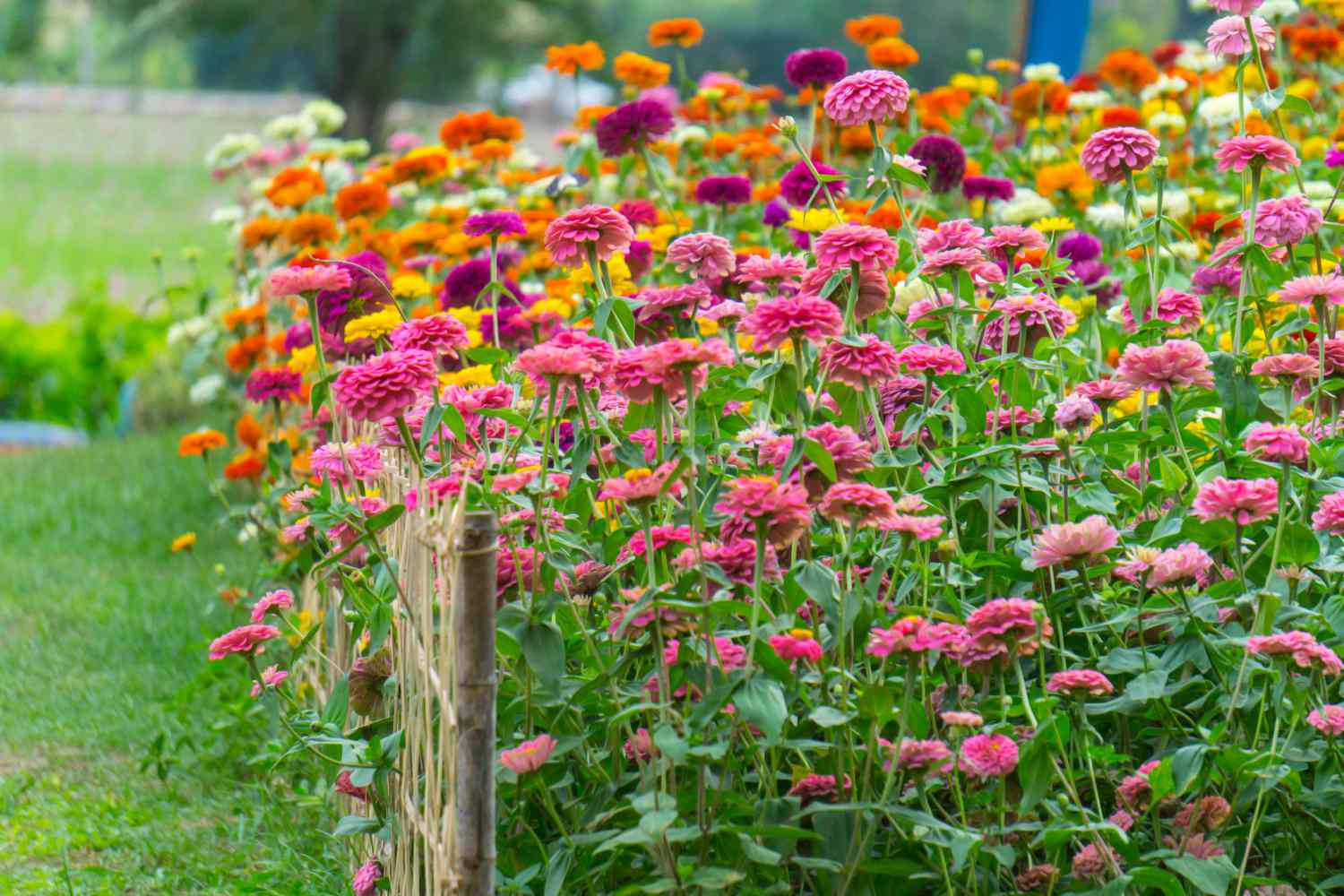
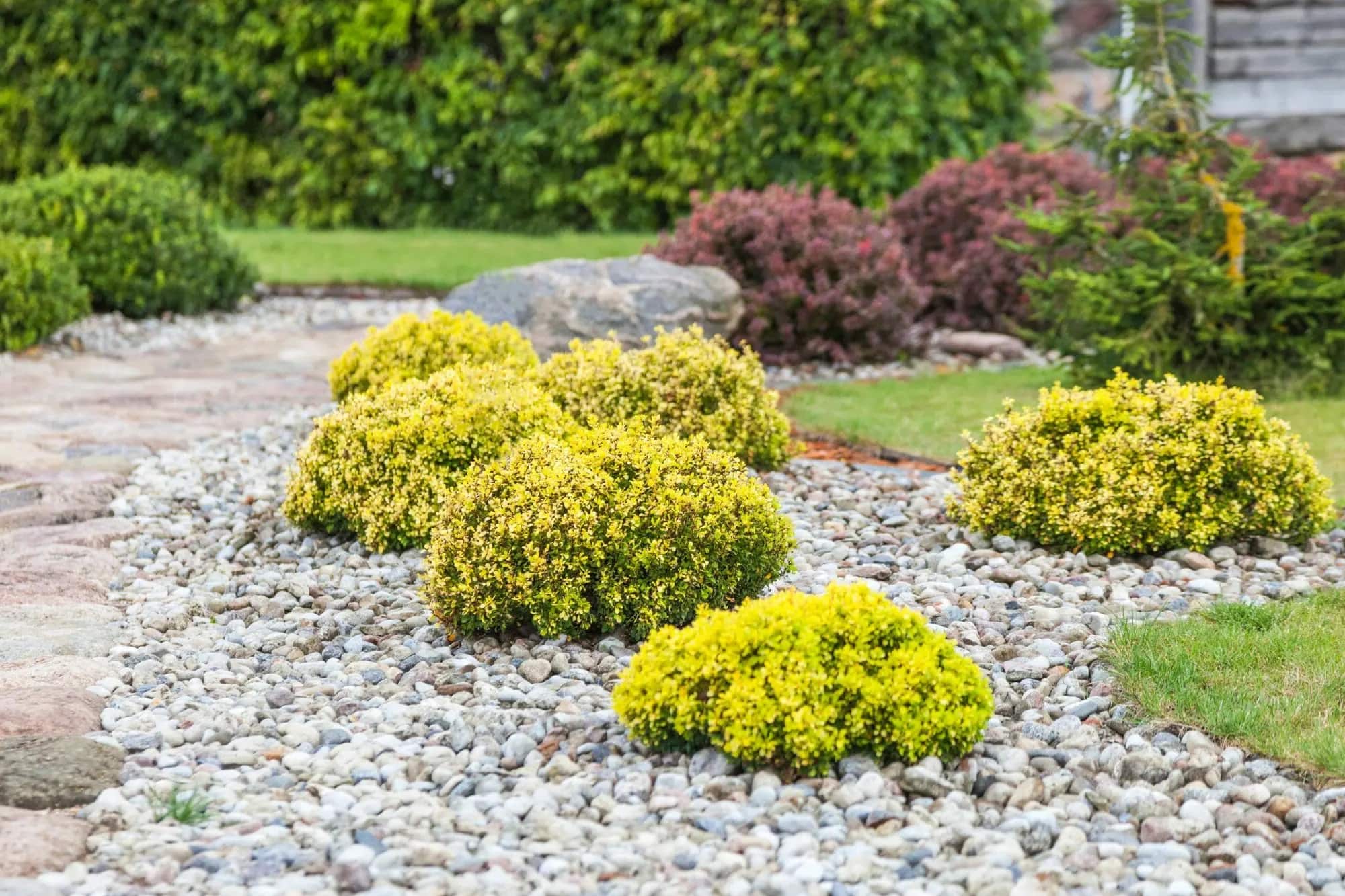
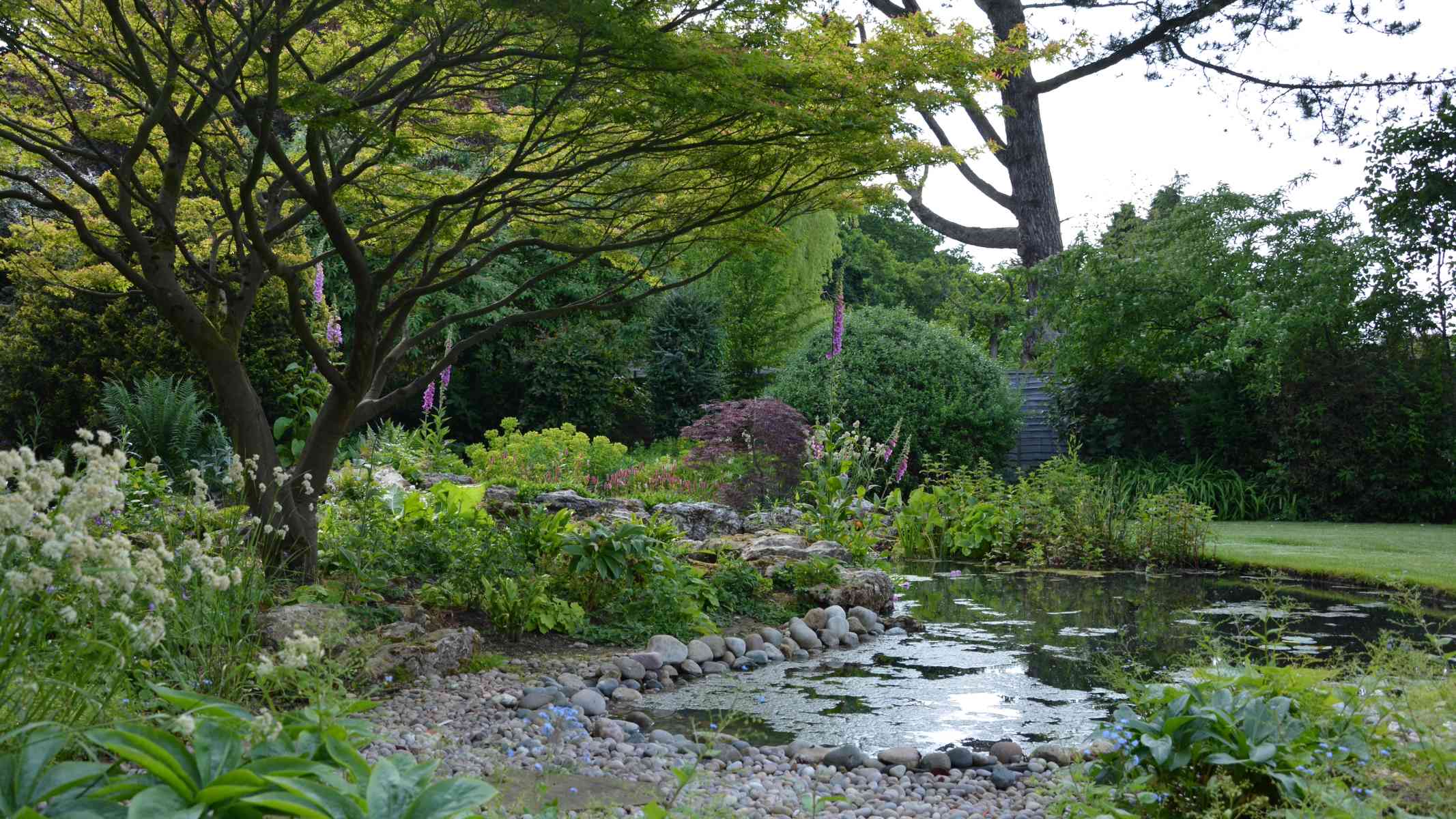
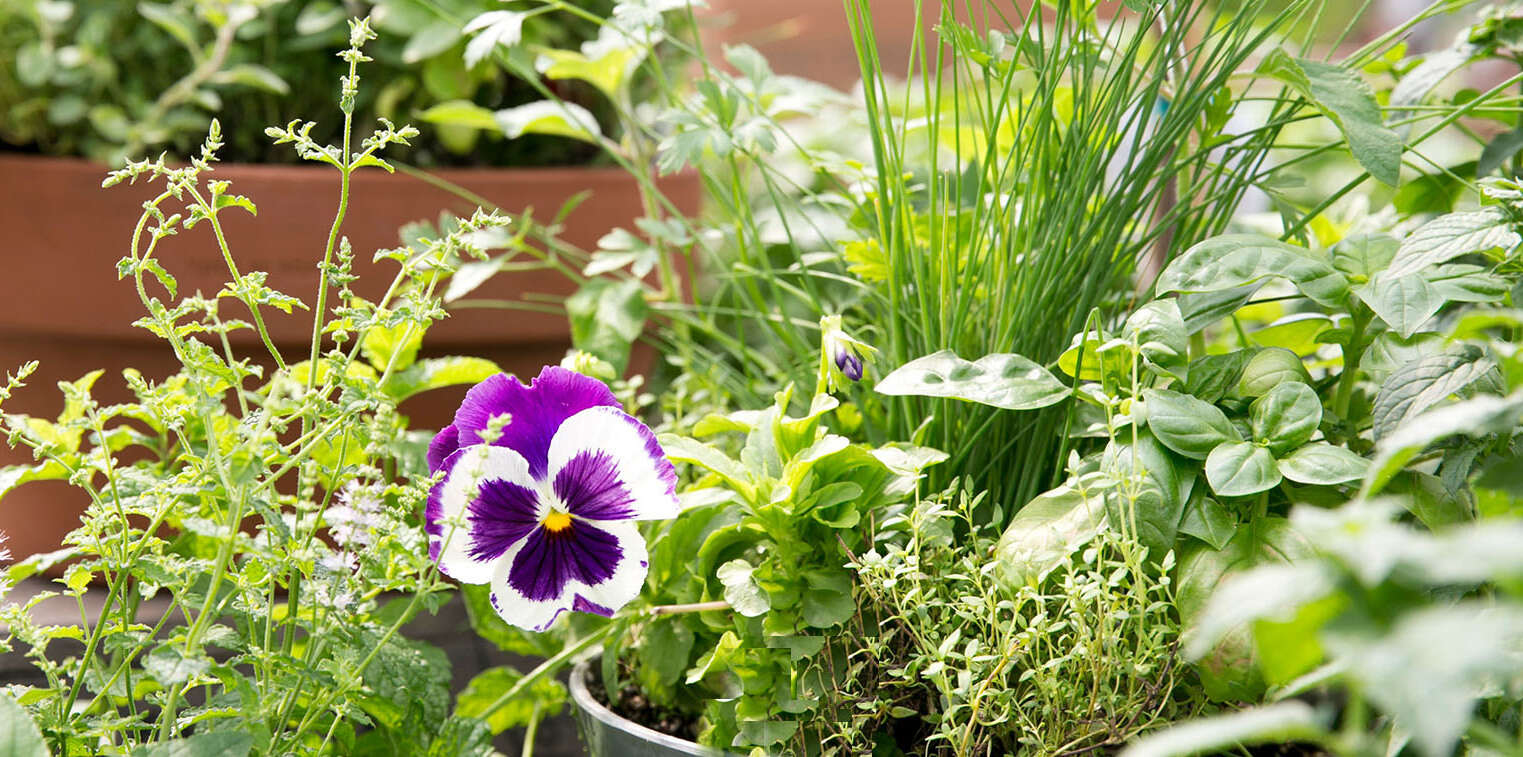
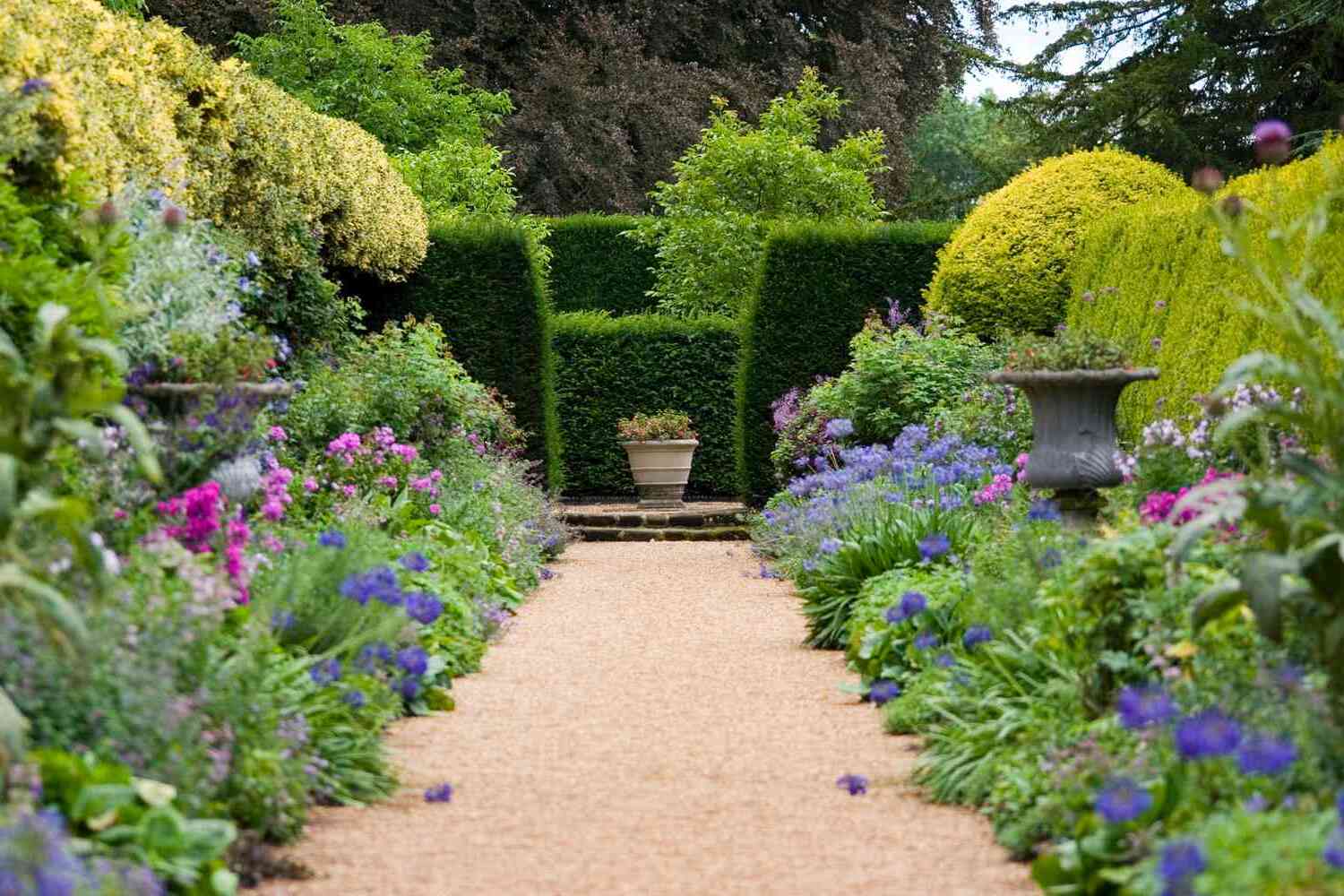
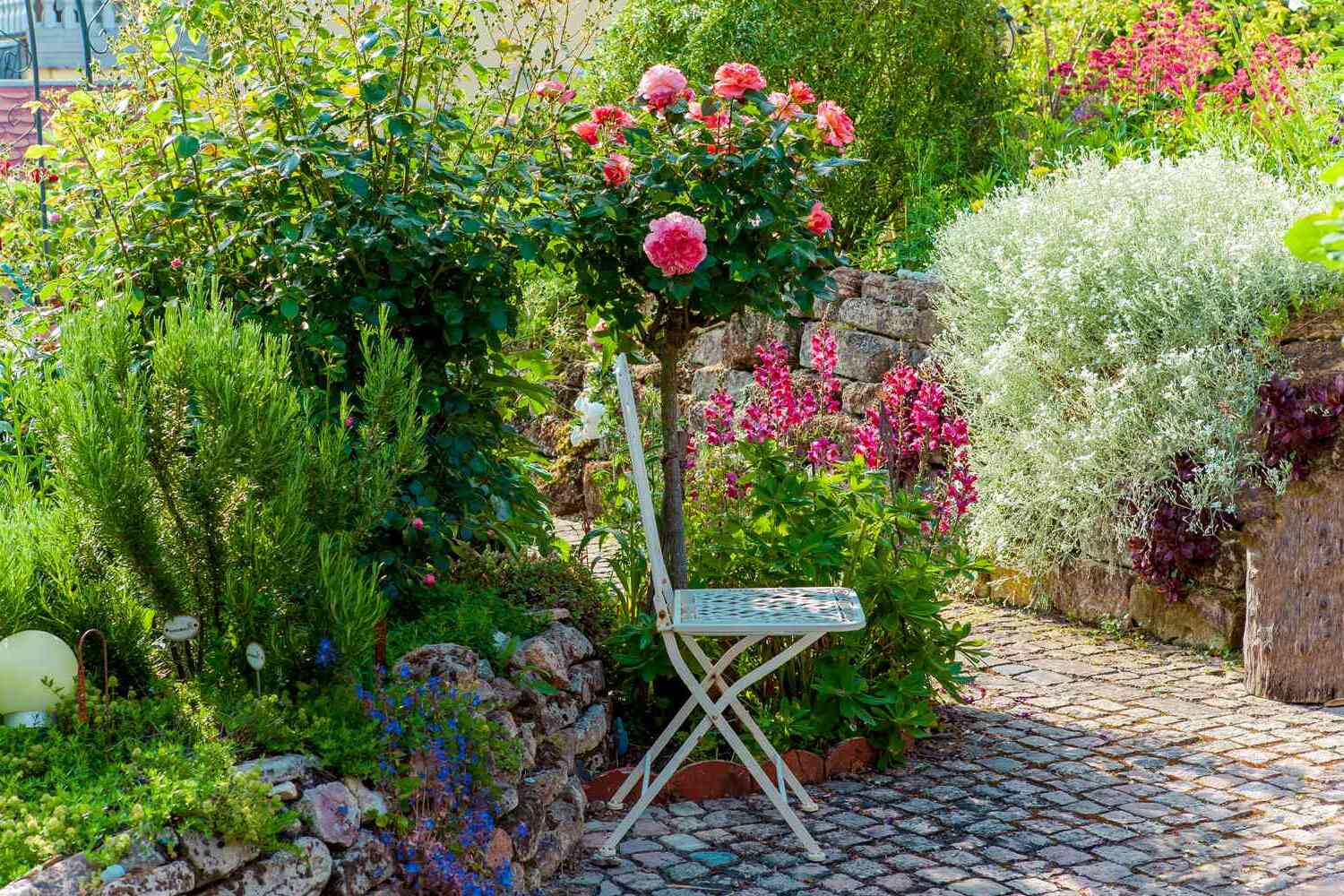
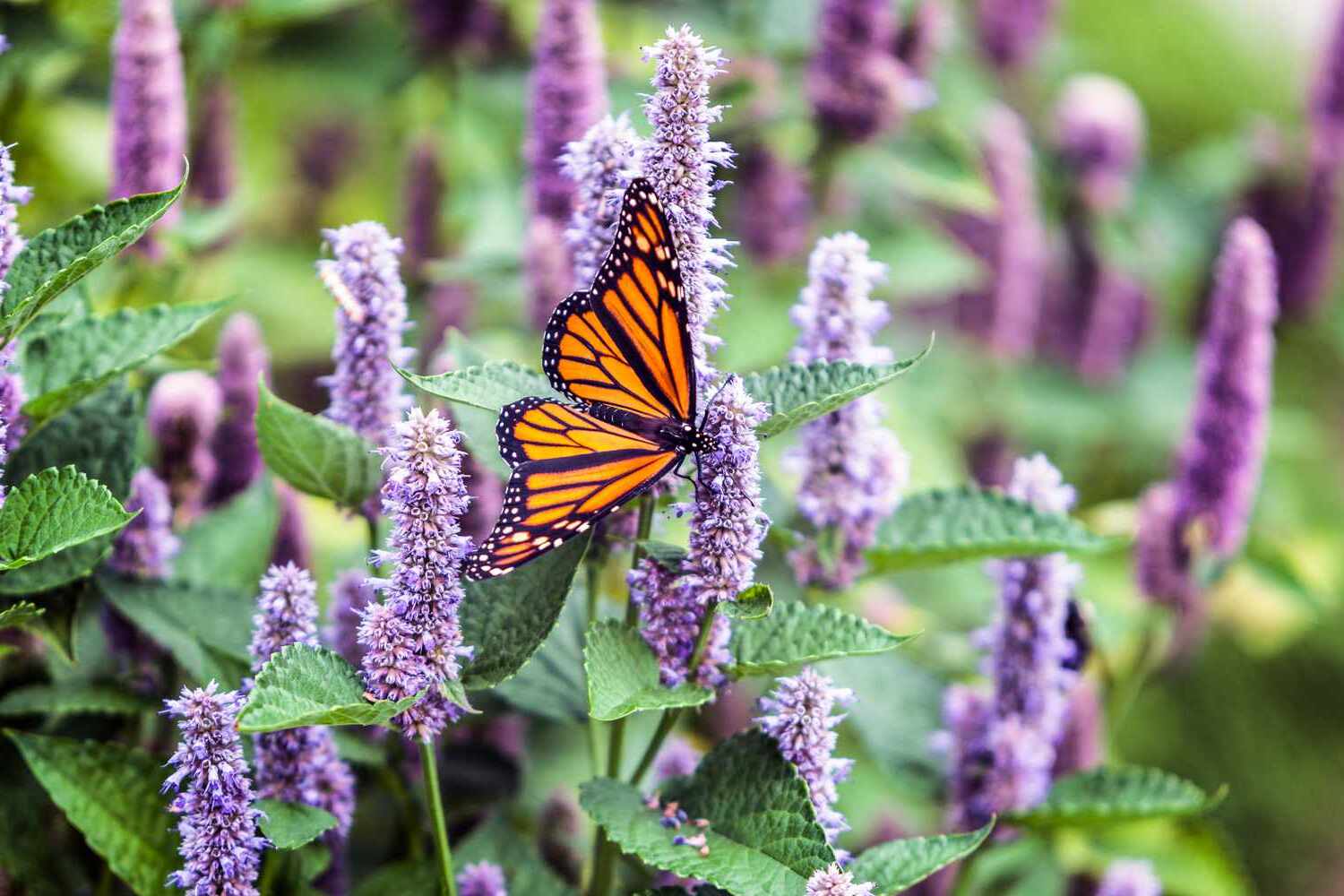
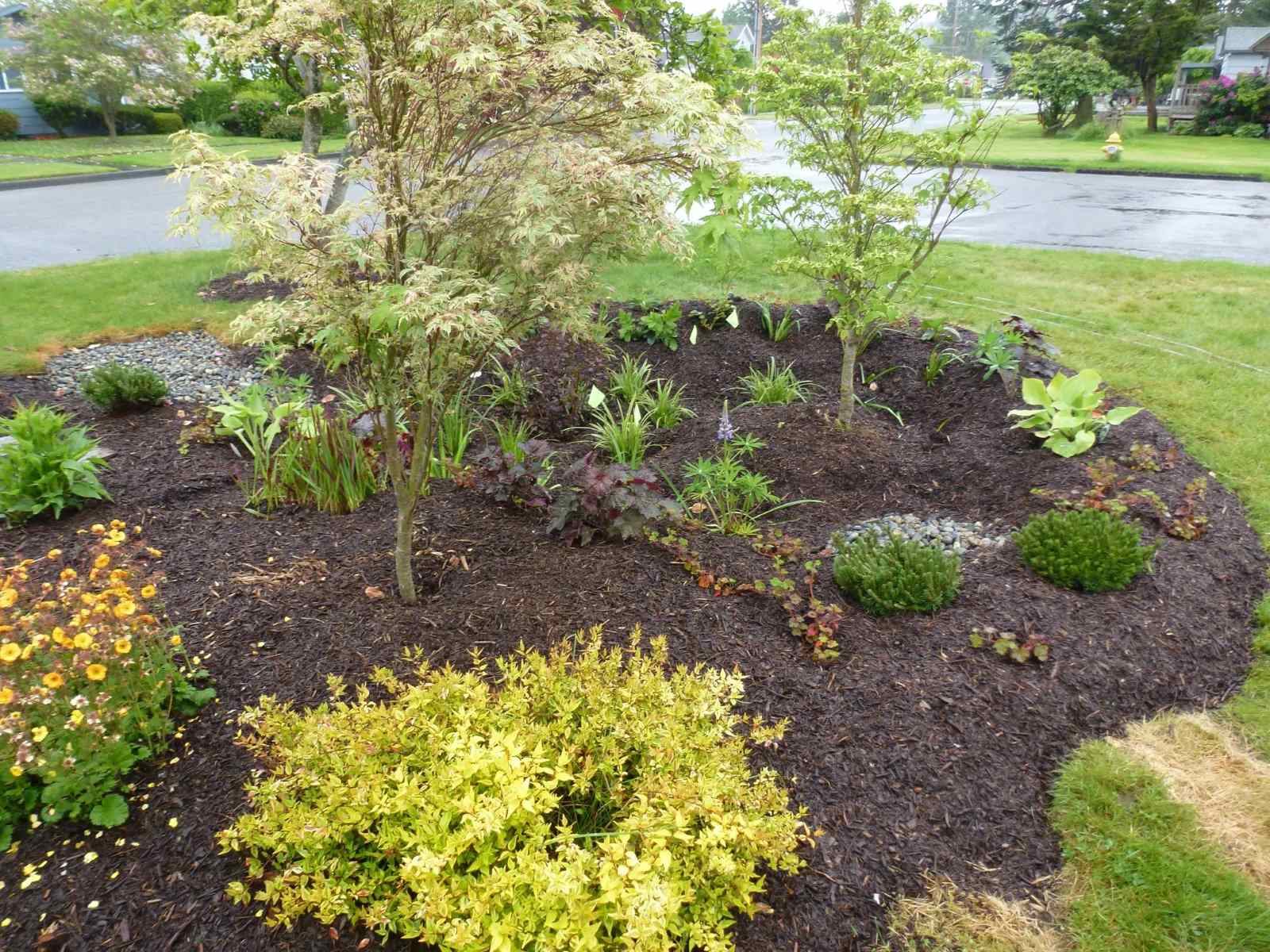
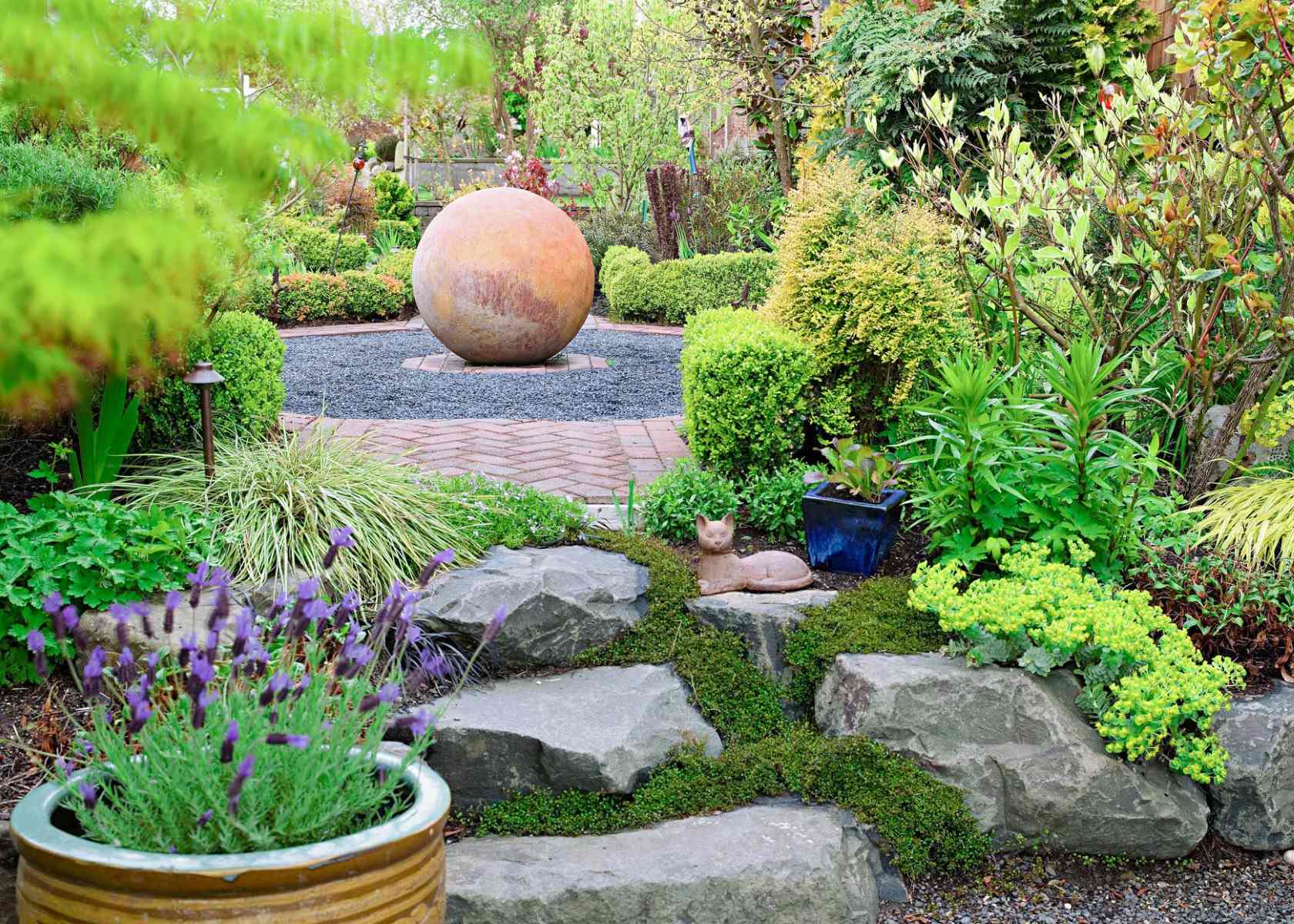

0 thoughts on “How To Design A Rock Garden”